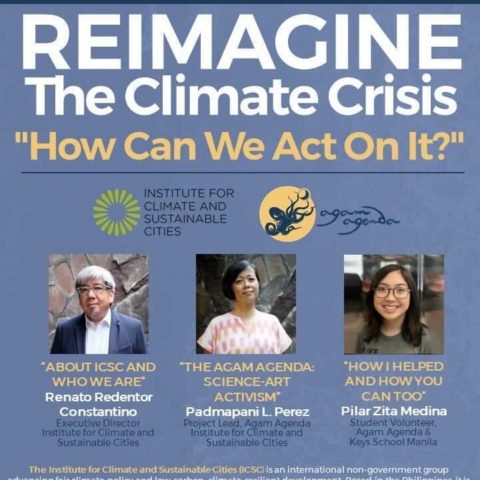The youth of the island town of Guiuan, Samar teach us about hope and resilience through creativity during Klima Eskwela (‘Climate School’). Photos: AC Dimatatac © Agam Agenda/Institute for Climate and Sustainable Cities.
By Padmapani L. Perez
Rig-on means strength of foundations in Waray. In the town of Guiuan, where Typhoon Haiyan first made landfall nine years ago, citizens equate rig-on with resilience. Resilience is an ever-present hot word in discussions on the climate crisis. Its meaning shifts depending on who’s speaking and under what circumstances. When pummeled by one typhoon after another, I’ve heard people say in anger, “We are tired of being resilient,” as a retort to governments failing to act on loss and damage while praising frontliners for their resilience.
On November 7, 2022, I had the privilege of seeing what it’s like when a community claims the word “resilient” for themselves and celebrates this. High school students, teachers, and local leaders gathered on the invitation of the local government of Guiuan, the Institute for Climate and Sustainable Cities (ICSC), The Climate Reality Project Philippines, and Agam Agenda, for a knowledge exchange session entitled Rig-on: Klima Eskwela. The Klima Eskwela, or Climate School, was a day of learning on climate science, adaptation, governance, and local perspectives through art, coordinated by Local Youth Development Officer Michael Acosta.


Local lenses on climate concepts
“Guiuanons are storm-born. All of us have seen typhoons since our first ancestors created villages on these shores. Our pre colonial ancestors even called their Supreme God Makapatag. Nagpapatag—the Destroyer, the Great Equalizer. Resilience is already in our heritage. And this resilience is born of connectedness to others. I am proud of us as survivors,” said Guiuan Mayor Annaliza Gonzales-Kwan, as she addressed the gathering.
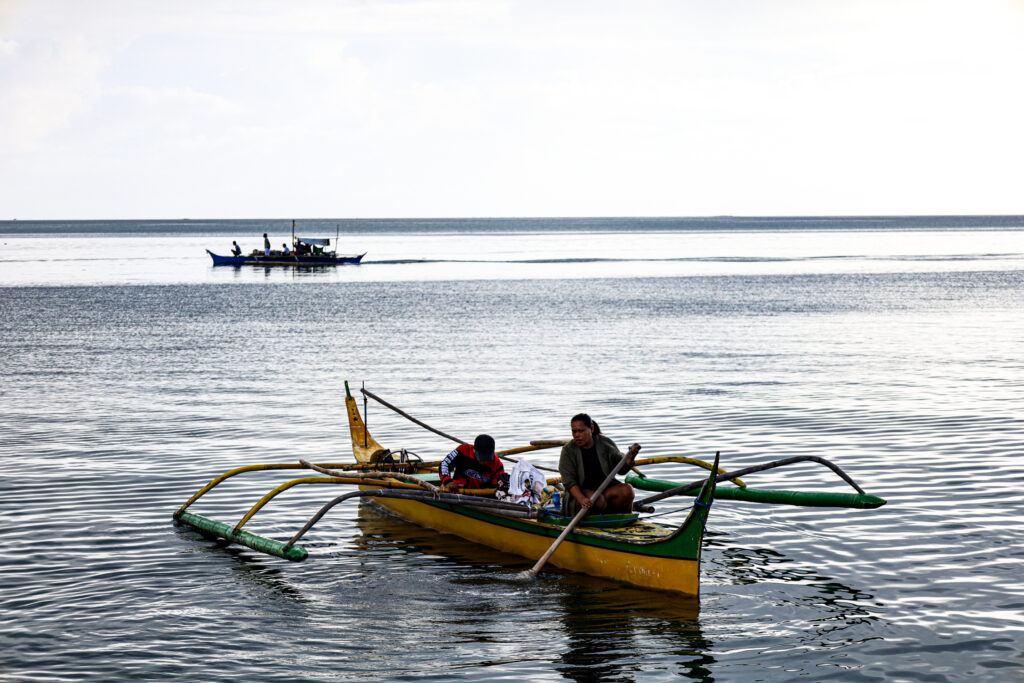
The teenagers, their teachers, and local government officials made the most of their time with ICSC colleagues Danica Supnet and Orlando Quesada, and Lourdes Tibig, climate scientist, Lead Author and contributing author to several reports of the International Panel on Climate Change (IPCC). Ma’am Lourdes, as she is fondly called, spoke about the latest climate science findings on vulnerability and adaptation in Southeast Asia, explaining warming temperatures and intensifying storms, coral bleaching, reduced fish catch, and rising sea levels.
Danica and Orland elaborated on slow onset events in the Visayas based on research conducted with the Visayas State University. Under their lead, the discussion also took a turn towards research, career paths for a future shaped by climate change, and the role of youth in climate governance. Orland, himself a Guiananon, encouraged the youth to make themselves heard and to find ways to participate in better development planning, taking into account gender, risk management, and adaptation. Danica stressed that youth engagement is vital for our future.
Art as companion in the face of climate change

Before the day ended, the students and I explored how they might address, express, and intertwine policy, science, and the truth of their own experiences. We ventured into poetry and art in a ‘pebble poem’ workshop. We looked at Filipino riddles and proverbs and examples of pebble poems by Jane Hirshfield and students of literature. We also read the poem-seed anai, when, by Craig Santos Perez and The Secret, a poem by Anna Aupi that sprouted from Craig’s piece. We talked about making ourselves heard, naming the places and things that matter to us, and also the intangible yet immense value of listening better and tending to the stories of others. Under a tent beside the sea, the high school students worked in groups and responded to the works of Craig and Anna, in both English and Waray.
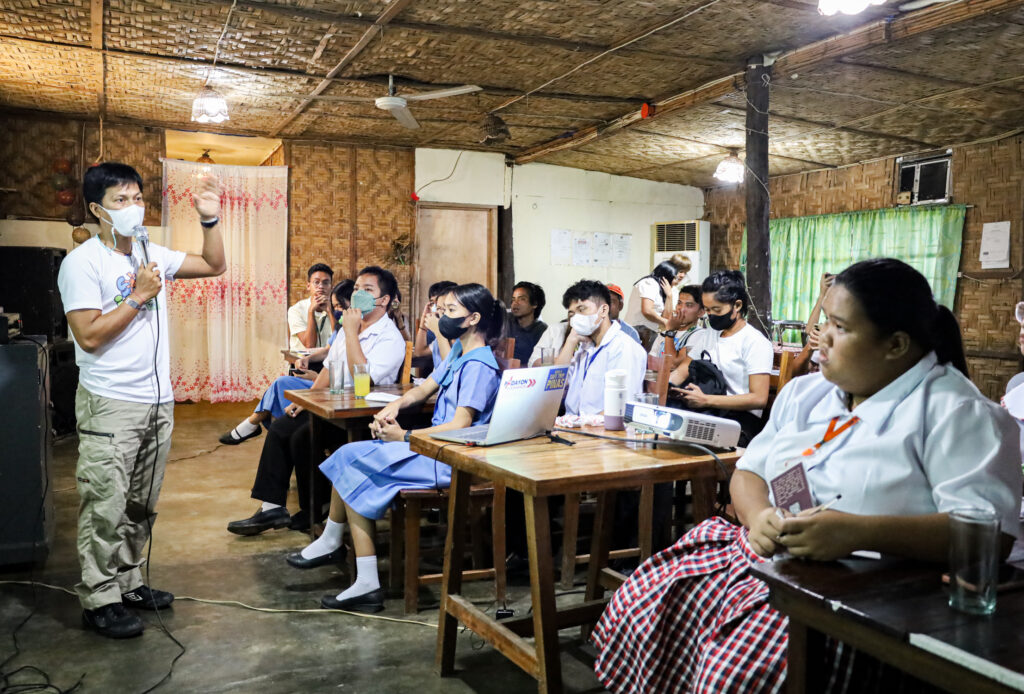
For young people living in a coastal town like Guiuan, the scientific data spoke of things they and their families experience firsthand. They asked questions about renewable energy, adaptation strategies, and accountability of governments and corporations. One student asked why some government leaders still insist that climate change is a hoax when the science is so clear.
In their writings one can find Typhoon Yolanda (Haiyan), the sea, the Pikoy or Philippine Hanging Parrot, coconut trees, tuba (a fermented drink made from the sap of coconut trees), memory, fear, time, calls to action, and home–or, if we fail to take urgent action now, “a place-not-called-home, Guiuan.”
Young Guiuanon artists took this all in and began preparations for a mural responding to the poetry. The mural is currently in progress in Guiuan, supported by The Climate Reality Project Philippines, as part of the Poets for Climate project and When Is Now.
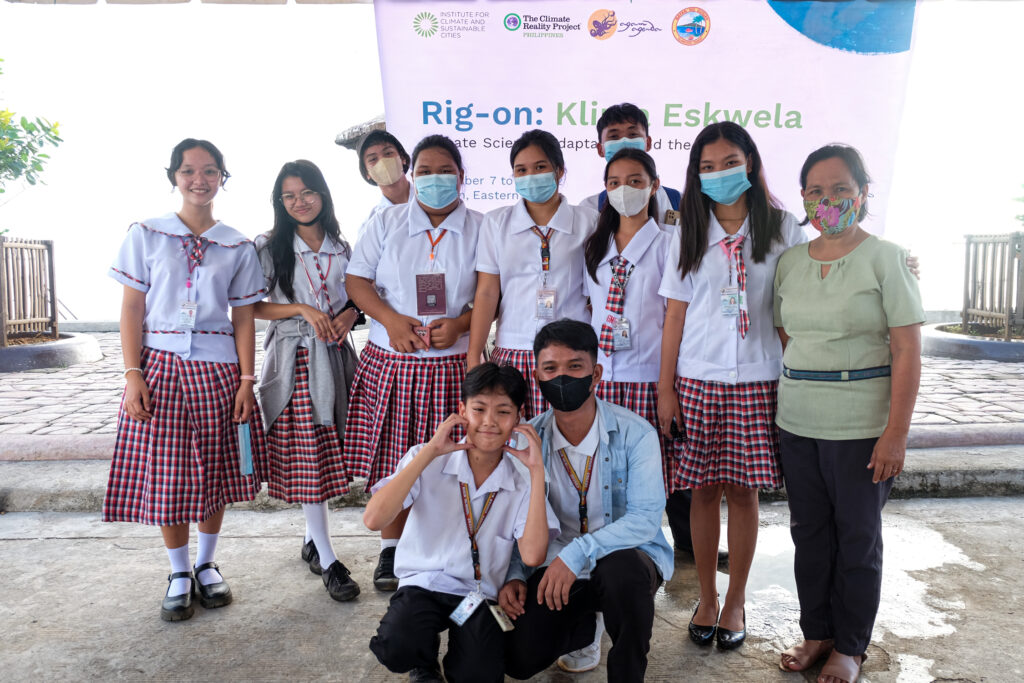
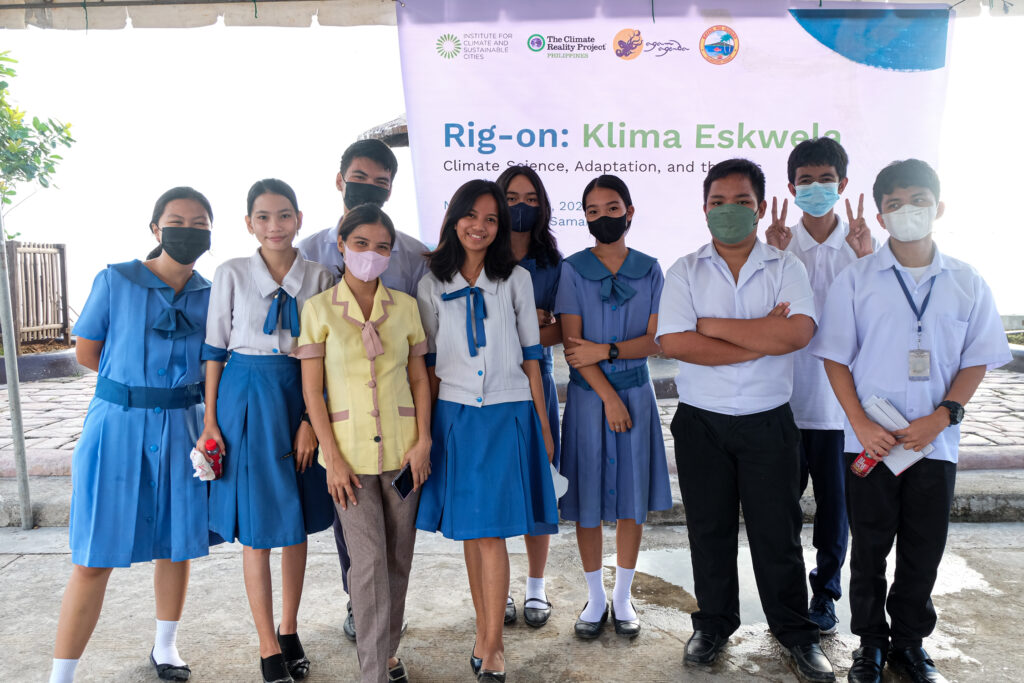
Read about hope and resilience in the words and collaborative poems of the youth of Guiuan!
- Hingyap, by students from Eastern Samar University – Guiuan.
- anai, when. anai, wait, by students from the Immaculate Conception School of Guiuan.
- Haiyan, by students from Guiuan National High School.

